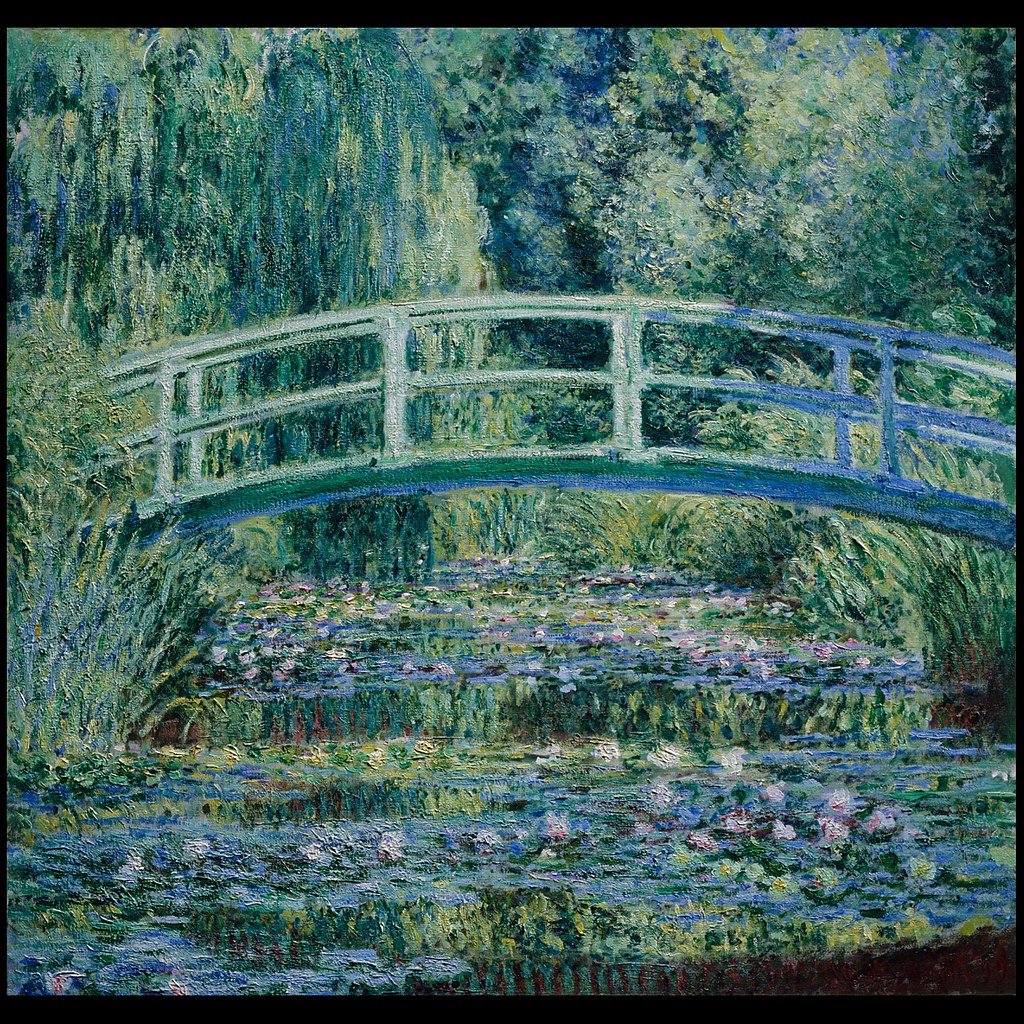 |
| Jackson Pollock (1912-1956) , Number 19, 1954, 30 7/8" x 22 5/8," Paint dripped on canvas. |
Our smoky San Francisco skies these days put me in mind of Jackson Pollock's drip paintings. The one above is actually a bit unusual because he signed it upper left as a vertical and it is more 'conveniently' sized than his enormous, wall sized canvases. But, in May 2013, those things didn't stop someone from buying Number 19 for $58,363,750 at a Christie's auction.
Pollock was famous in his lifetime especially during his legendary burst of creativity from 1947 - 1951 when he had several gallery shows and countless magazine articles written about him. Fame though did not equate with agreement among critics and the general public about the quality of his art. Time dubbed him "Jack the Dripper" while the preeminent critic of the era, Clement Greenberg, championed Pollock so actively he actually organized his first gallery show (which of course got rave reviews). The wide variety in people's opinions about his art continues to this day and I'm guessing you already have your own, if you've thought of Pollock at all.
Pollock was famous in his lifetime especially during his legendary burst of creativity from 1947 - 1951 when he had several gallery shows and countless magazine articles written about him. Fame though did not equate with agreement among critics and the general public about the quality of his art. Time dubbed him "Jack the Dripper" while the preeminent critic of the era, Clement Greenberg, championed Pollock so actively he actually organized his first gallery show (which of course got rave reviews). The wide variety in people's opinions about his art continues to this day and I'm guessing you already have your own, if you've thought of Pollock at all.
Far be it from me to try to change those. But, if you were here, I'm betting we'd agree Pollock's Number 19 is a pretty good likeness of the West Coast sky these days







%2C_1890-91%2C_66_x_93_cm%2C_26_x_36_5-8%2C_The_Art_Institute_of_Chicago.jpg/150px-1281_Wheatstack_(Snow_Effect%2C_Overcast_day)%2C_1890-91%2C_66_x_93_cm%2C_26_x_36_5-8%2C_The_Art_Institute_of_Chicago.jpg)
%2C_1890-91%2C_65.3_x_100.4_cm%2C_25_11-16_x_39_1-2_in.%2C_The_Art_Institute_of_Chicago.jpg/150px-1278_Wheatstacks_(Sunset%2C_Snow_Effect)%2C_1890-91%2C_65.3_x_100.4_cm%2C_25_11-16_x_39_1-2_in.%2C_The_Art_Institute_of_Chicago.jpg)




















.jpg)



